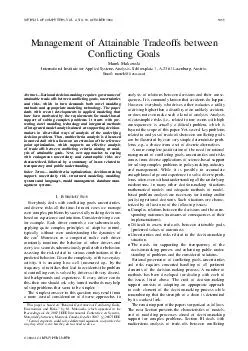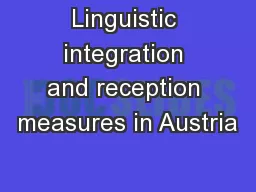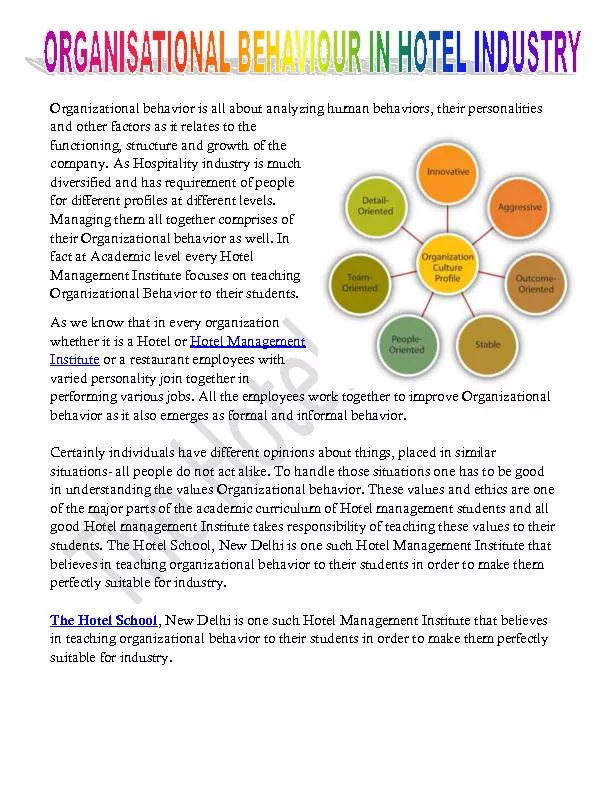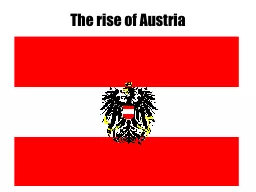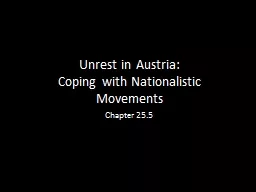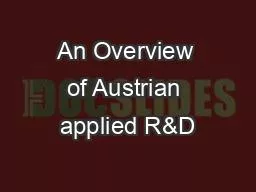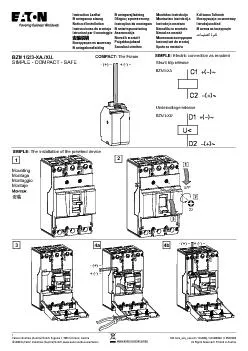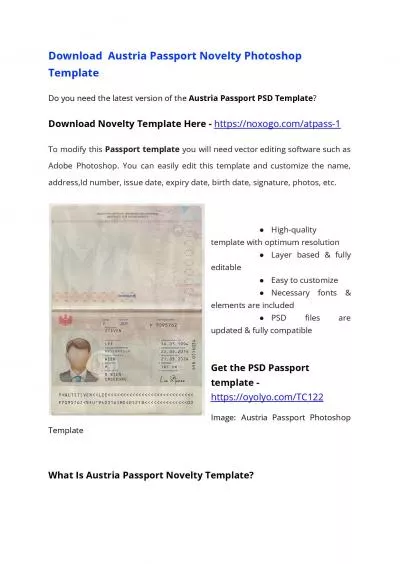PDF-Management of Attainable Tradeoffs between Conicting Goals Marek Makowski International
Author : natalia-silvester | Published Date : 2014-12-22
Email marekiiasaacat Abstract Rational decisionmaking requires governance of attainable tradeoffs between con64258icting goals uncertainties and risks which in turn
Presentation Embed Code
Download Presentation
Download Presentation The PPT/PDF document "Management of Attainable Tradeoffs betwe..." is the property of its rightful owner. Permission is granted to download and print the materials on this website for personal, non-commercial use only, and to display it on your personal computer provided you do not modify the materials and that you retain all copyright notices contained in the materials. By downloading content from our website, you accept the terms of this agreement.
Management of Attainable Tradeoffs between Conicting Goals Marek Makowski International: Transcript
Download Rules Of Document
"Management of Attainable Tradeoffs between Conicting Goals Marek Makowski International"The content belongs to its owner. You may download and print it for personal use, without modification, and keep all copyright notices. By downloading, you agree to these terms.
Related Documents

